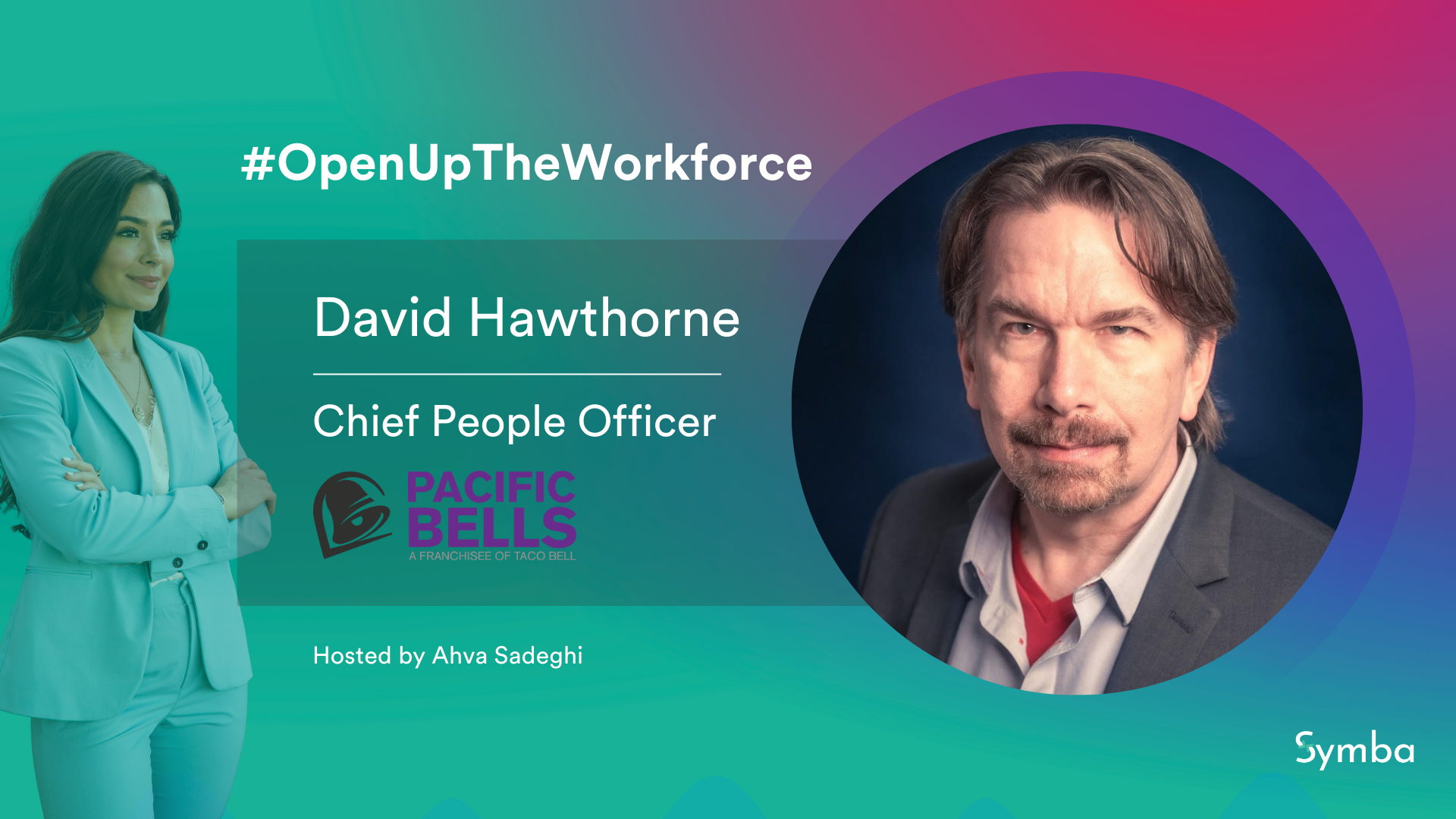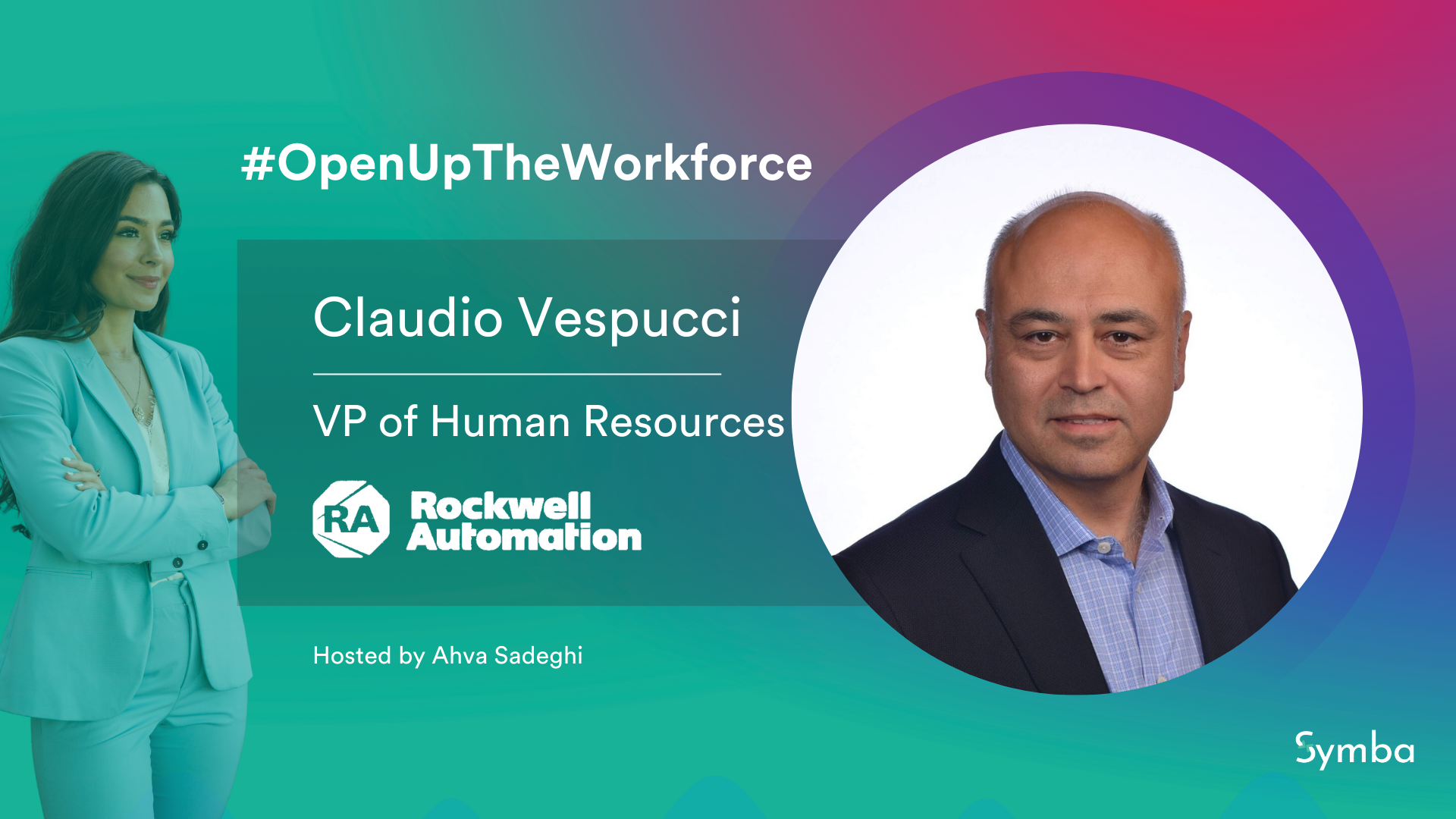The world is becoming more diverse and so should our workplaces. True diversity encompasses a variety of silos: race, age, socioeconomic background, gender, religion, sexual orientation, physical or mental disabilities, and more. However, there are common misconceptions that once diversity initiatives are in place, inclusion and equity are too.
That is not the case and a conscious effort must be made to make sure that workplaces are inclusive and equitable as well. Read on to learn about the current state of diversity in the workforce, the difference between diversity, inclusion and equity, why you should invest in all three, how to create and foster a work environment that promotes all three, and how internships can help with the diversity problem.
What is the current state of diversity in the workforce?
While nearly every major company has some form of diversity initiative in place and around 90% of the Fortune 100 companies have a Chief Diversity Officer, true diversity in the workplace still lags. There have only been 19 black CEOs of Fortune 500 companies since 1999, and 4 out of 5 new board appointees at Fortune 500 companies were white. The share of African American appointees did not significantly change from previous years, though the number of Hispanic or Latino and Asian American appointees both grew to nearly 6.5% each from 4% and 4.8% respectively.
While progress has been made, there is a lot more work to do. Atlassian’s 2018 survey on diversity in the tech industry found that less than 30% of people in underrepresented groups had retention and a sense of belonging. In addition, there was a decrease in up to 50% in individual participation in diversity initiatives year over year. While most respondents agreed that diversity initiatives were important, people complained of “diversity fatigue” in the workforce, where too much focus became on buzzwords and not enough action and actual progress was occurring. Less than 50% of respondents would rate diversity initiatives in their organizations, teams, or the tech industry as a whole with an “A”.
What is the difference between diversity, inclusion, and equity?
We often think of diversity as an umbrella covering inclusion and equity. This is a misconception. Meg Bolger, founder of Same Team, breaks down the difference between diversity, inclusion, and equity.
Diversity is when differences are present within a collective group. Individuals represent different identities from race and gender to age and socioeconomic background. Diversity exists in our relationships with others.
Inclusion is making sure individuals with differences feel welcomed and valued. Just because you have a diverse workforce doesn’t mean every employee feels like they belong.
An equitable workforce recognizes that not every employee has had access to the same opportunities and seeks to correct this imbalance.
All three work together to create a sustainable and fair workforce for the future. Diversity, without inclusion and equity, is insufficient.
Why should I invest in diversity, inclusion, and equity in my workforce?
Diversity, inclusion, and equity have various key benefits for your workforce and several research studies by reputable sources support this. A study by Forbes shows that diversity is a key driver in innovation. Because diversity encompasses many silos, each individual has a unique set of experiences and perspectives that contributes to new ideas. By bringing in multiple viewpoints, businesses can find different and new ways of solving problems, overcome tunnel vision, understand a diverse range of customers, and make better decisions.
Top talent in the workforce also seek diversity at their job, and in order to attract them, it becomes imperative to have programs in place. Making sure your diverse workforce is equitable and inclusive will reduce employee turnover rates and cut down recruiting costs. Diversity also contributes positively to a company’s financial performance. According to the American Sociological Review, companies with the highest levels of racial diversity can bring in almost 15 times more sales revenue than companies with the lowest levels of racial diversity.
How can I create and maintain a diverse, inclusive, and equitable workforce?
Creating and maintaining a diverse, inclusive, and equitable workforce needs to be a thoughtful process and continuous effort. Here are several ways you can work your way towards a diverse, inclusive, and equitable workforce:
1. Clearly define and break down your diversity initiatives. What are some goals that you want to accomplish? For example, maybe you want your workforce to be 50% female in the next 5 years. In that case, conscious efforts need to be made during the hiring process. Seek different avenues of recruitment and make sure you’re interviewing x amount of women. Clearly-defined goals will help guide your efforts.
2. Use data to get buy-in from upper management. Sometimes it can be difficult to begin a diversity initiative in your workplace due to push back from senior management. Perhaps you’ve hired a Chief Diversity Officer and they think the job is now done. Provide data to prove that x amount of your workforce is still from the same background or that out of the last 10 people you hired, they are all x. Concrete data will serve as hard proof for senior management that change still needs to happen.
3. Listen to your employees. Create a safe space where employees can be vocal without repercussion. If someone is feeling uncomfortable, being called racial slurs, or getting sexually harassed, there needs to be processes in place that ensure these concerns are heard and taken action upon.
4. Embrace vulnerability. Giving people of diverse backgrounds a platform to speak about their experiences can be a powerful indicator of acceptance and inclusion in the workplace and cause a ripple effect of more conversations. Create programs where employees can socialize and educate each other about their backgrounds. Even electronic communications such as a weekly newsletter with employee profiles highlighting their culture, history, hobbies, and more could help.
5. Assume the stereotypes you’ve heard throughout your life have affected your unconscious biases. No one is safe from having unconscious biases. The key is to acknowledge and to help others acknowledge patterns of unconscious biases. Once you recognize these patterns, you can seek to unlearn them by opening up your network exposure.
6. Create training programs that can help level the playing field. Equally capable and intelligent employees have not all been given the same opportunities in life to succeed. Part of being equitable is ensuring that employees who may not have had the opportunities to learn or be trained on certain job aspects are able to acquire that knowledge without being deemed as falling behind or less capable.
7. Be proactive. It’s easy to roll out a couple of initiatives and think that you are all set. Making sure you’re creating a work environment that’s not only diverse but also inclusive and equitable requires continuous thought and work. Stay ahead and constantly research and experiment with new initiatives.
On top of these tips, there are great startups and technologies out there that specifically seek to help organizations with their diversity challenges and to help underrepresented populations get hired. For example, in the Greater Boston area, Tech Connection is a recruiting company that helps connect minority tech workers with software and IT companies. There are also software companies that use predictive analytics to eliminate intentional and unintentional recruiting biases.
How can internship programs help with the diversity problem?
According to the National Association of Colleges and Employers (NACE)’s 2020 Internship & Co-Op Survey, 68% of interns received full-time offers from employers, making internship programs the perfect place to start with diversity initiatives. Hiring diverse interns will help ensure your talent pool for full-time employees is diverse as well. One non-profit, CODE2040 is seeking to solve the tech industry’s diversity problem through internships by placing top performing students of color at internships in the world’s most renowned tech companies.
Using an internship management platform like Symba allows companies to scale and virtualize their internship programs, expanding the scope of who can be hired and when. Students from all different backgrounds, including those who can’t afford to travel to the major cities where internships are often offered, will have access to internships and a more equitable launching point to career success. If we want to create a more diverse, inclusive, and equitable workforce, then we must address the creation of workforce pipelines.
For more information on best practices for remote internships and improving diversity efforts in the workforce, subscribe to Symba’s blog. To learn how Symba’s remote internship management software can help your company improve diversity, sign up for a demo.





